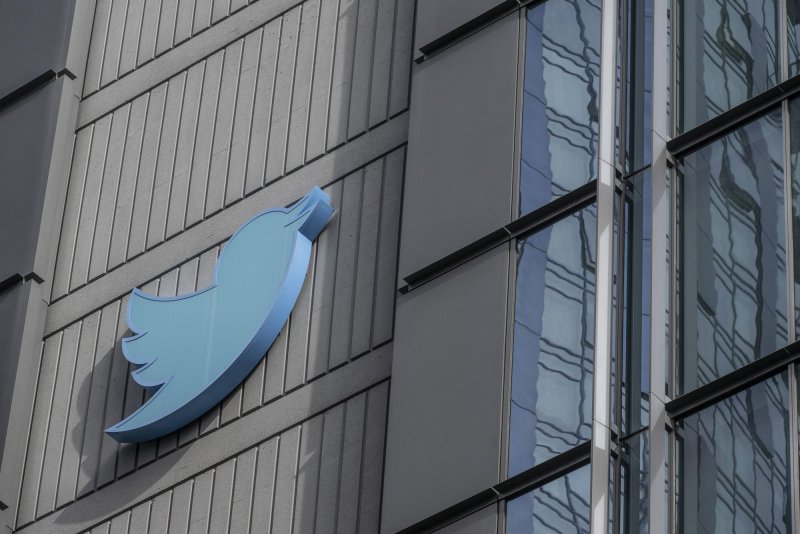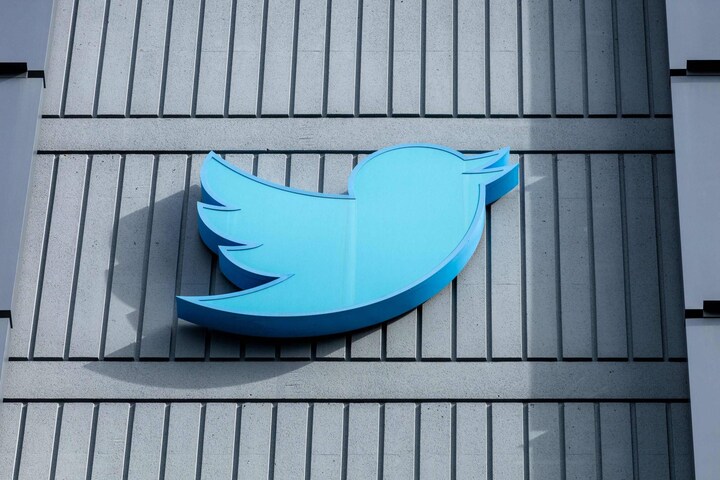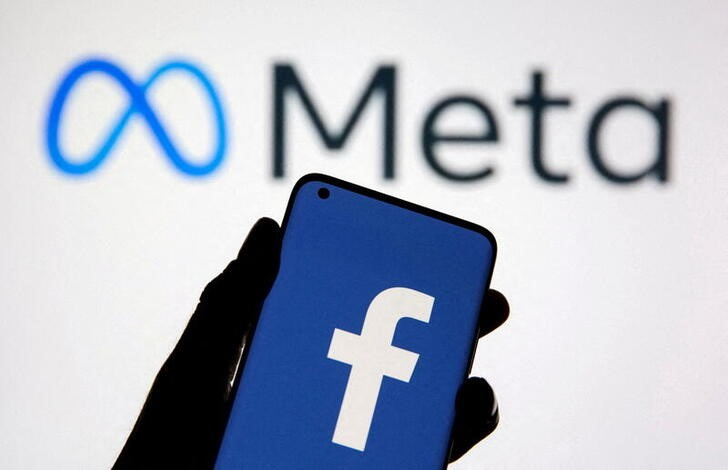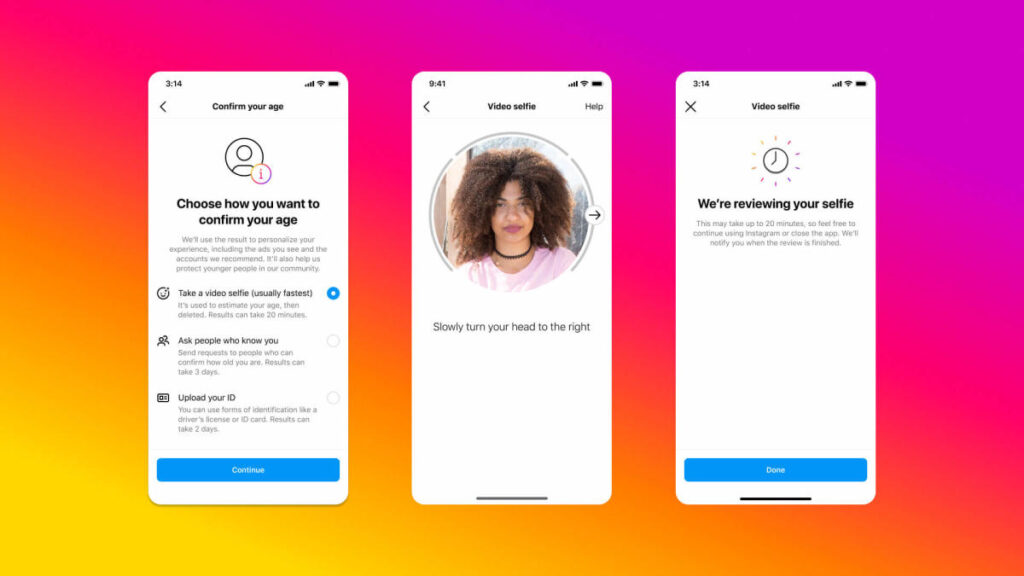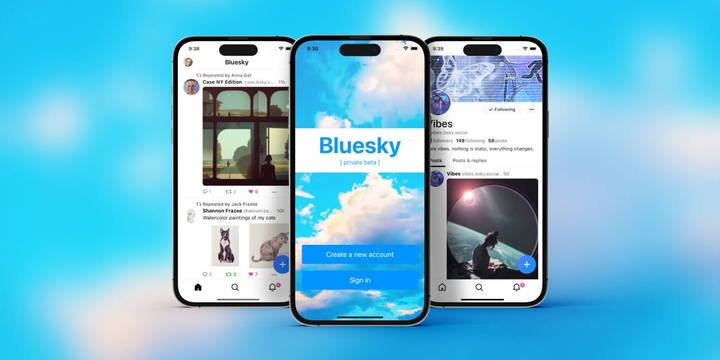Why is Twitter blocking Substack links?
The Twitter vs. Substack conflict persists as the social media platform appears to keep discouraging users from boosting offsite Substack posts by classifying all website links as “unsafe.”
The Verge noted that on April 7, Twitter seemed to add a warning advising users to avoid the platform and labeling them as potentially “spammy or unsafe” to all external Substack links.
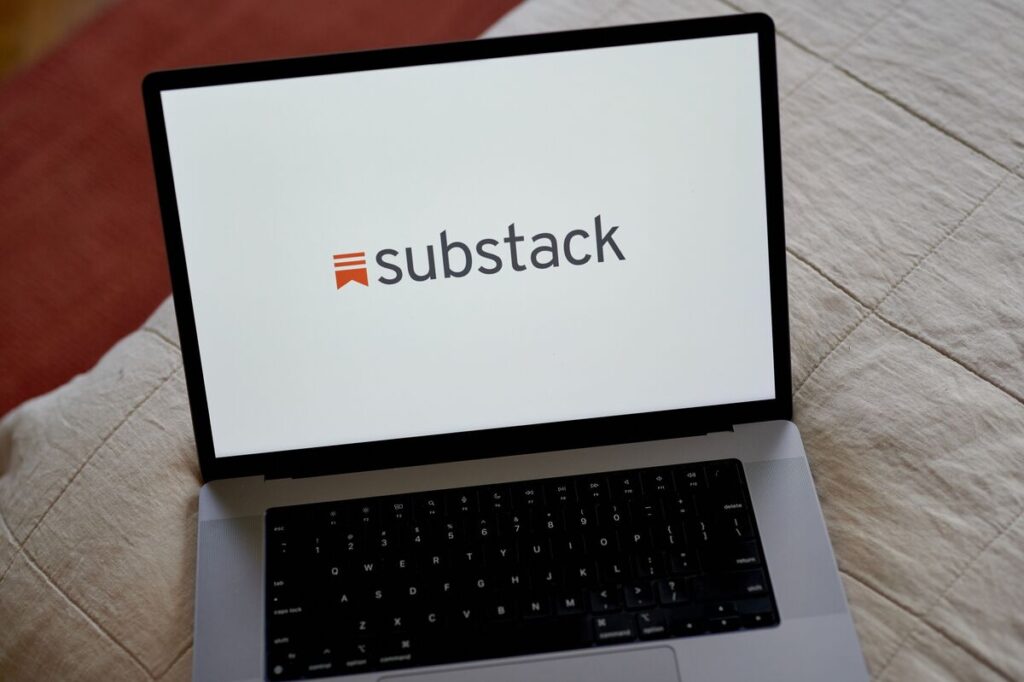
Later, Elon Musk refuted reports that the website was obstructing Substack links. Then, Musk’s assertion that Substack was getting Twitter data beyond the parameters of its API database was denied by Substack co-founder Chris Best.
Also Read: Baidu Sues Apple, app developers over fake Ernie bot apps
He stated, “We feel we are in compliance with the terms, but if they have any specific concerns, we would love to know about them! We’d be happy to address any issues.”
The creators of Substack, Chris Best, Hamish McKenzie, and Jairaj Seth, expressed their disappointment with Twitter’s decision to limit writers’ ability to share their work in a statement to The Verge. They noted, “Writers should be able to freely distribute links to Substack and other websites.
This sudden shift serves as a reminder of the need for a paradigm that puts writers in control, compensates for excellent work, and safeguards free speech and the press. Their livelihoods shouldn’t be dependent on platforms where the rules can be altered at any time and where they don’t control their relationship with their audience, they continued.”
With the release of its new Notes feature earlier this week, the newsletter service appeared to throw the final switch against Twitter. This “recommendations” feed has a remarkable resemblance to the conventional, scrollable social feed that is the core of Twitter’s functionality.
Substack appeared to be offering options as users sought to abandon the Elon Musk-owned social networking platform, including a recently introduced chat feature that enables interaction between newsletter writers and subscribers. Twitter swiftly erected barriers to Substack boosters on the network, including the website’s official account.
The ability to embed tweets in stories was restricted by Twitter on Thursday. Shortly after, it appeared that tweets with links to Substack posts were no longer eligible for interaction, with users only able to quote tweet postings and no one else able to like or retweet them.
Also Read: Are Google’s AI supercomputers faster than Nvidia’s?
In December, Musk stated that he believed “relentless advertising of competitors” to be a policy violation and barred sharing links to Mastodon, Instagram, Facebook, and other sites.
These limitations, however, were later lifted. Although it is important to note that, for the time being at least, users are still able to tweet a Substack link, it is likely that he has decided to restore it now that he considers that Substack is attempting to compete with Twitter. Anyone attempting to follow it will only need to click through the warning to access the content.

I am a law graduate from NLU Lucknow. I have a flair for creative writing and hence in my free time work as a freelance content writer.
